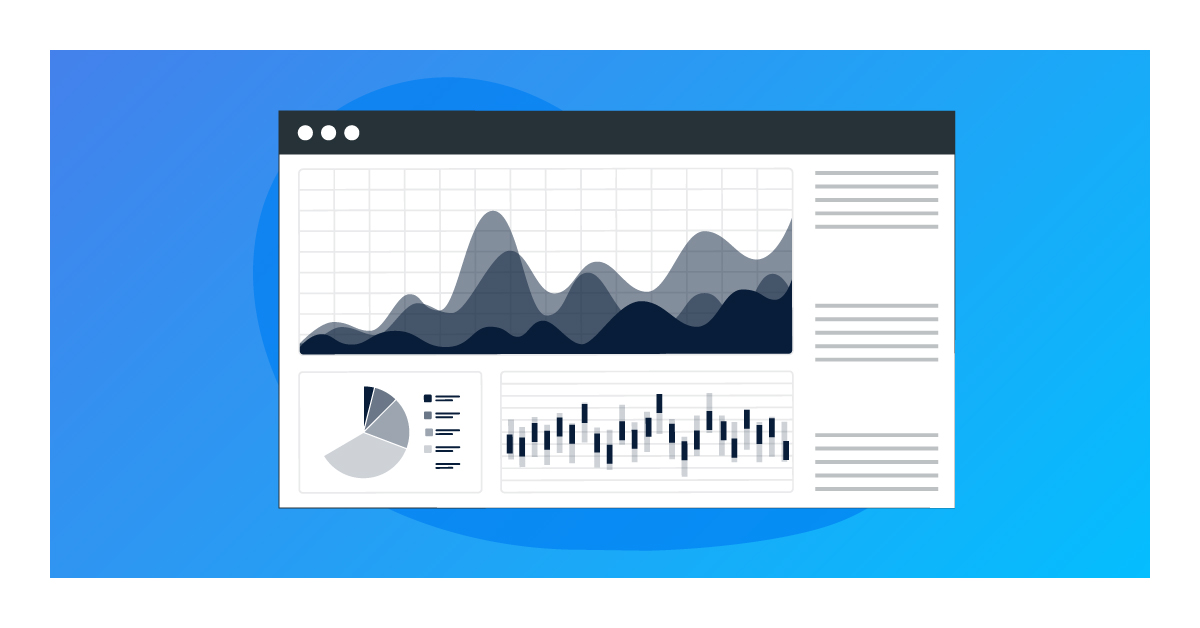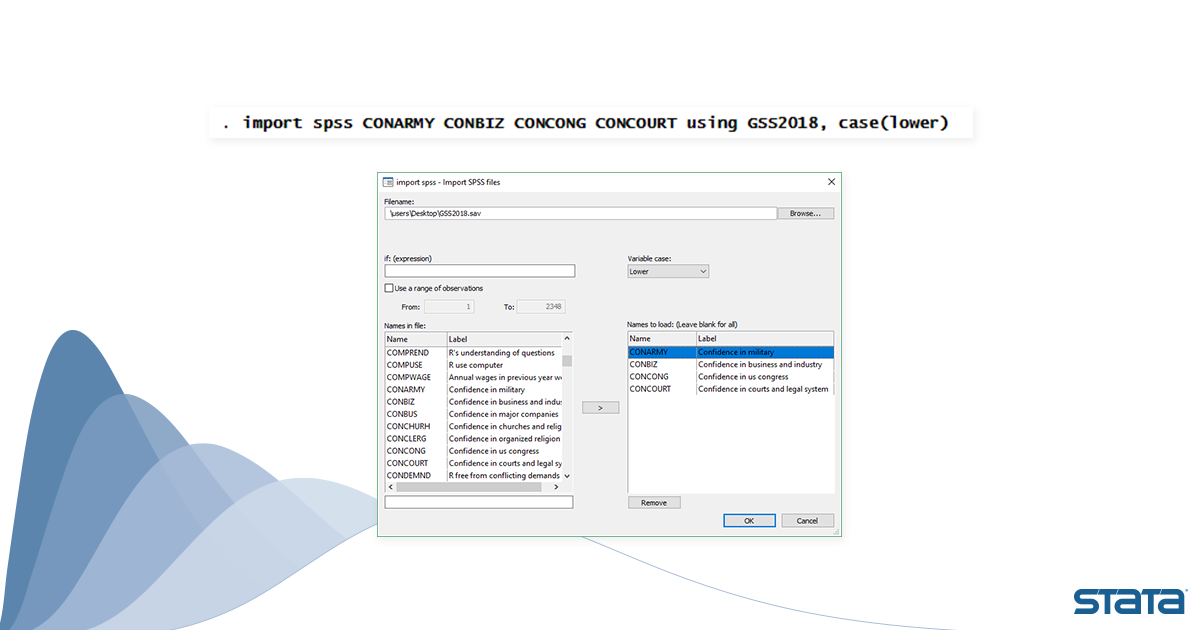
For a single government or non-profit or business staff member, the prices jump again to $1,195 to $2,295. For a single university staff member, those prices jump to $595 to $1,495 for an individual license. For a student, Stata costs $198 for Stata/IC (entry-level), $395 for Stata/SE (mid-level), $695 for Stata/MP 2-core and $995 for Stata/MP 4-core (top-level), all in US dollars and all perpetual licenses.

Stata costs a varying amount depending on whether you are a student, business or institution, and whether you want an annual or perpetual license, and which version of Stata you want. R is free, and can be downloaded from their website. For genetic purposes, where there legitimately can be tens of thousands of variables, R is generally considered better, which is why genetics research does seem to favour R. For many non-genetic purposes, Stata is absolutely fine. The most expensive version, Stata/MP, has a maximum of 120,000 variables and 20 billion observations. The cheapest version, Stata/IC, has a maximum of 2,048 variables and 2.14 billion observations (rows).

The newest iteration of Stata (version 15, out June 2017) has 3 versions ranging from cheapest to more expensive. One point that sometimes comes up is that Stata limits the number of variables (columns) allowed in any one dataset, whereas R is limited only by your computer.
#STATA MP LICENSE CODE#
For some purposes Stata is faster, for others R is faster, both in terms of how much code is needed and how fast it runs.īoth packages have a good community of users who develop programs within each, so whether Stata or R is better may depend more on the purpose you are using a stats package for, rather than a blanket “one is better than the other”. Stata is more intuitive for people that have used spreadsheets, since at any time you can click a button and load up a view of your data in a spreadsheet, but R allows you to do more at once as many datasets can be loaded in at the same time. Apart from that Stata costs money and R does not, there aren’t too many differences. Analyse and manipulate data however you like, produce tables and graphs, anything where you have some numbers (or letters or words) and you want to do something with them. The more code you know, the less you need to type, and the quicker things get done.īasically anything statistical.
#STATA MP LICENSE SOFTWARE#
StataCorp LLC created Stata, and calls it:Īn integrated statistics, graphics, and data management solution for anyone who analyzes dataīell Laboratories created R, and calls it:Īn integrated suite of software facilities for data manipulation, calculation and graphical display Stata and R both have great facilities for cleaning data, running most statistical tests on it, producing graphs and tables, and these days exporting results straight to word, PDF, LaTeX or excel. You feed in data, and then usually write code to analyse the data. Stata and R are both statistical packages. What if someone spots an error in your work?.



 0 kommentar(er)
0 kommentar(er)
